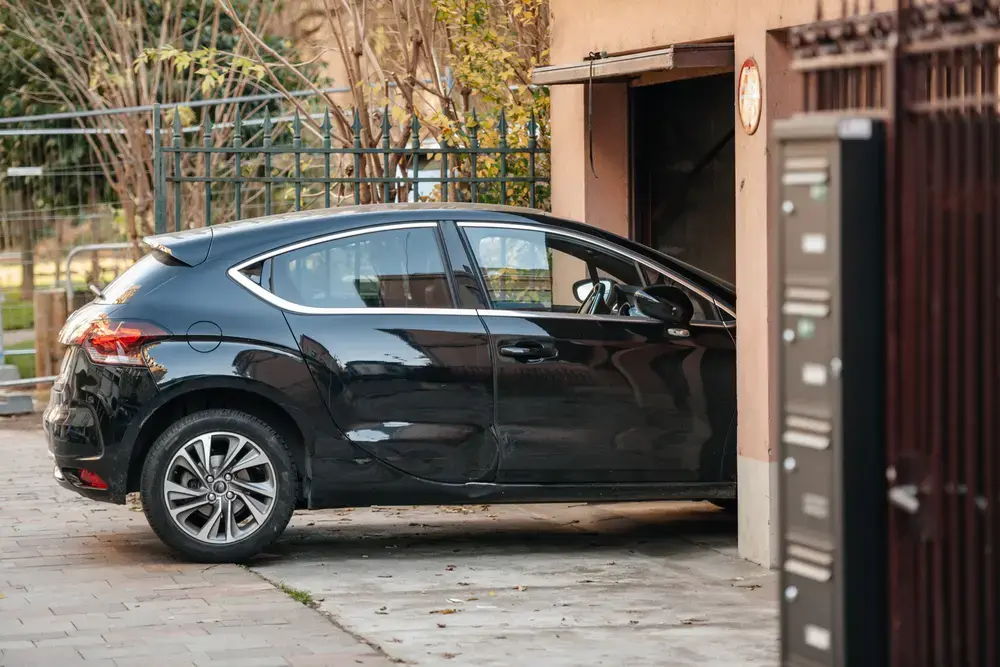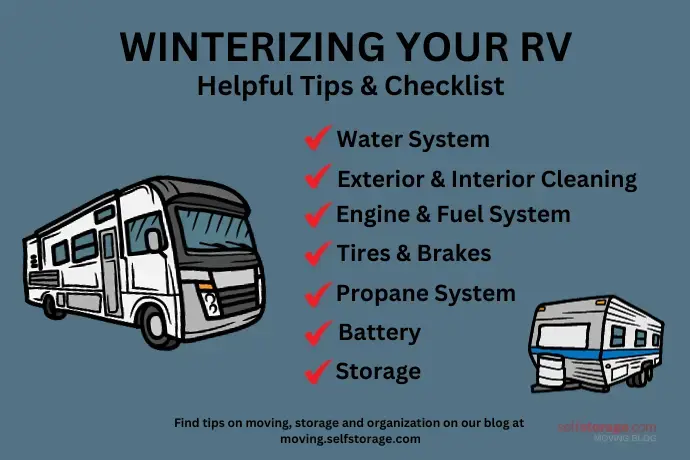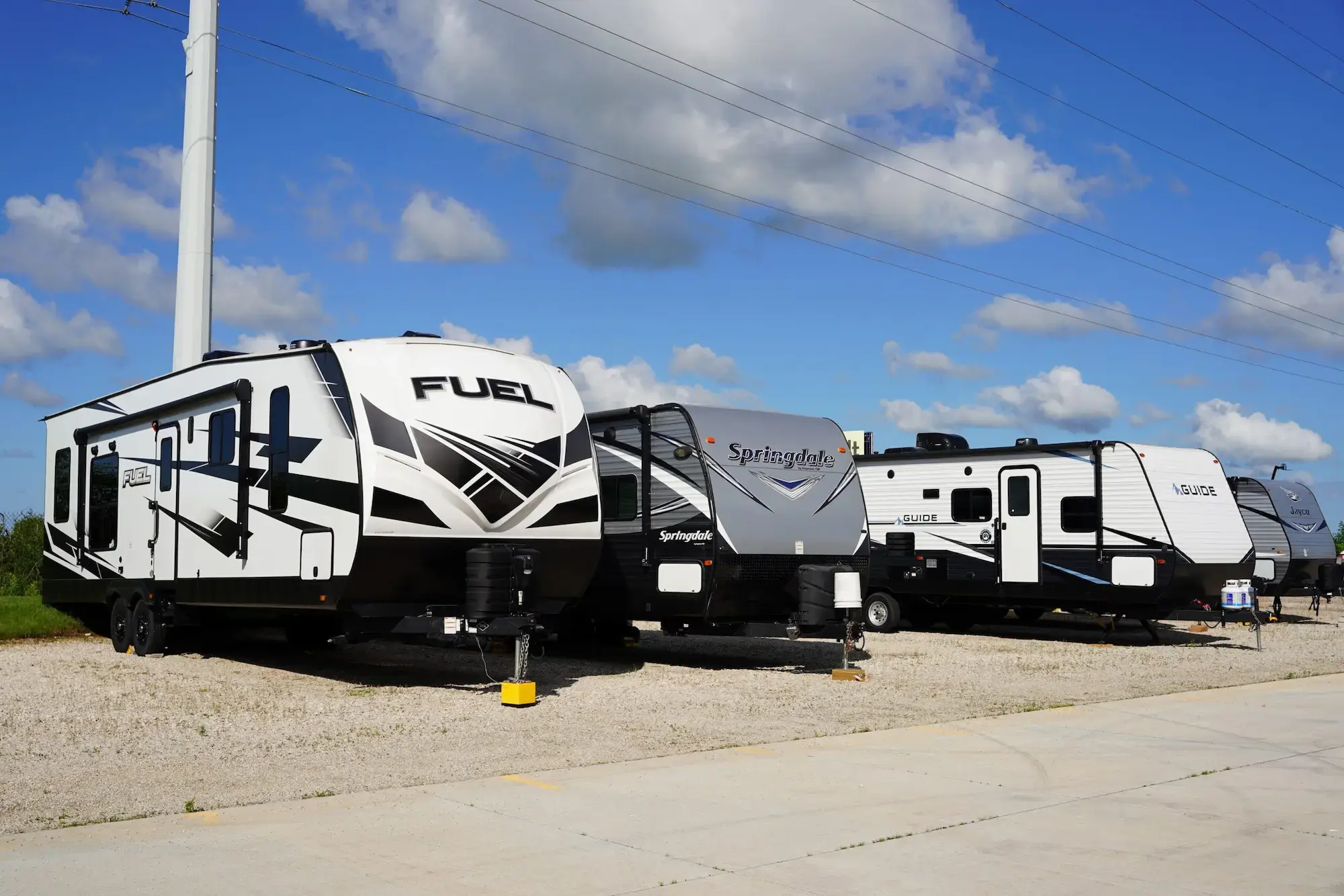Types of Vehicle Storage Units
Not all vehicle storage is created equal. Here's what you'll typically find when searching for "cheap vehicle storage near me":
Outdoor Uncovered Parking
Think of it as a really secure parking lot. Your vehicle sits in an open space protected by gates, fencing, and surveillance cameras. This is the most budget-friendly option and works great for boats, trailers, and vehicles that already handle outdoor exposure.
Covered Parking
These carport-style spaces give your vehicle a roof overhead to protect from sun, rain, and snow. A solid middle-ground option that offers weather protection without the premium price of fully enclosed storage.
Indoor Vehicle Storage Units
Full four-wall protection with a roll-up door, just like a garage. Best for classic cars, vehicles with sensitive finishes, or anything you want completely protected from the elements. Some facilities offer climate controlled vehicle storage in enclosed units for extra protection.








